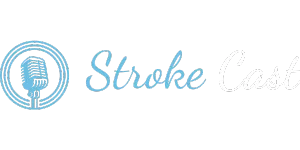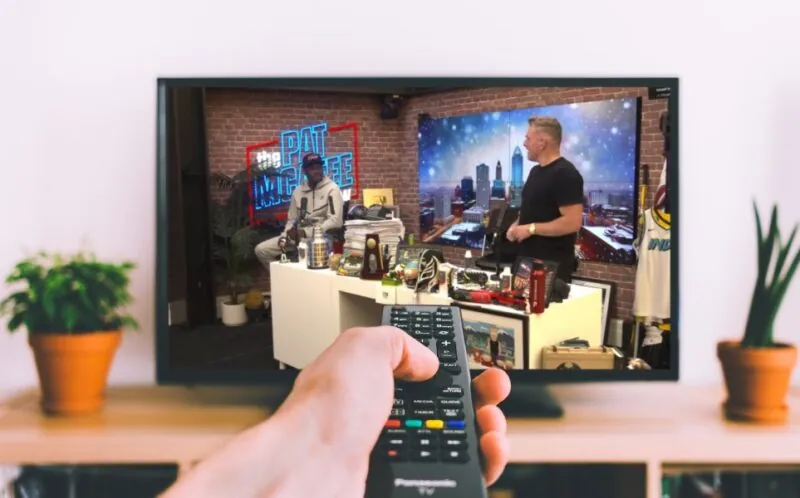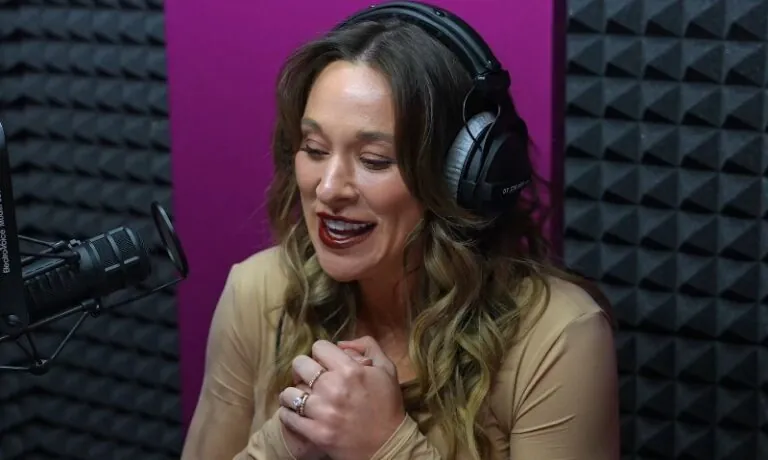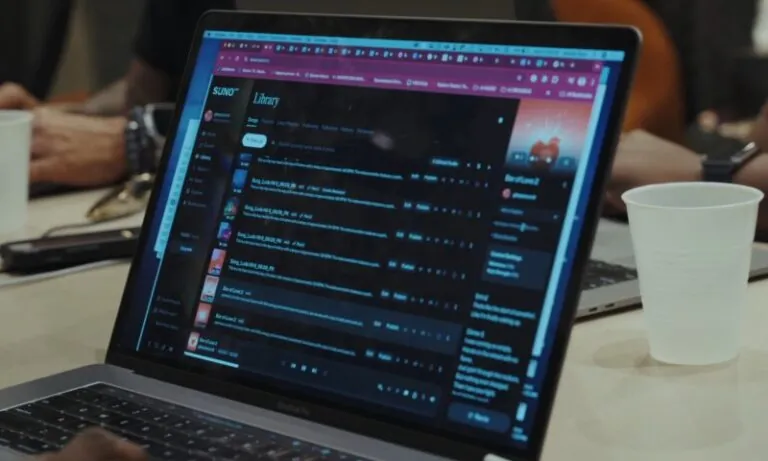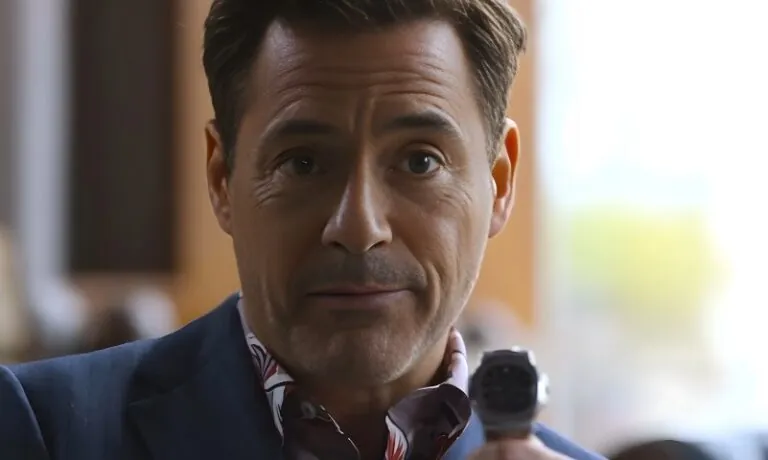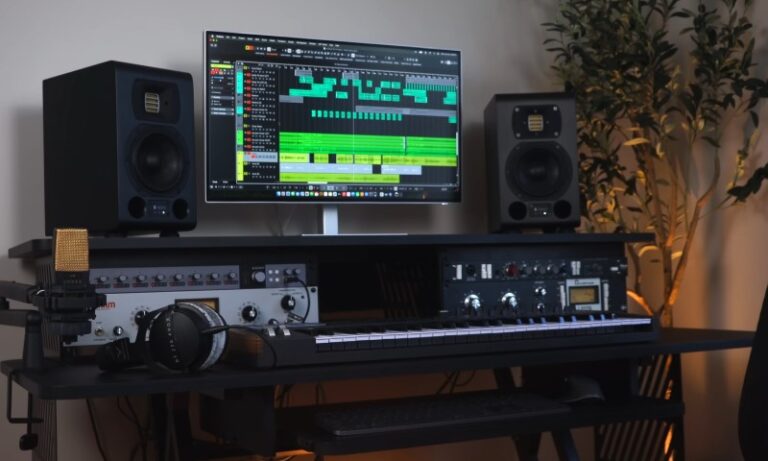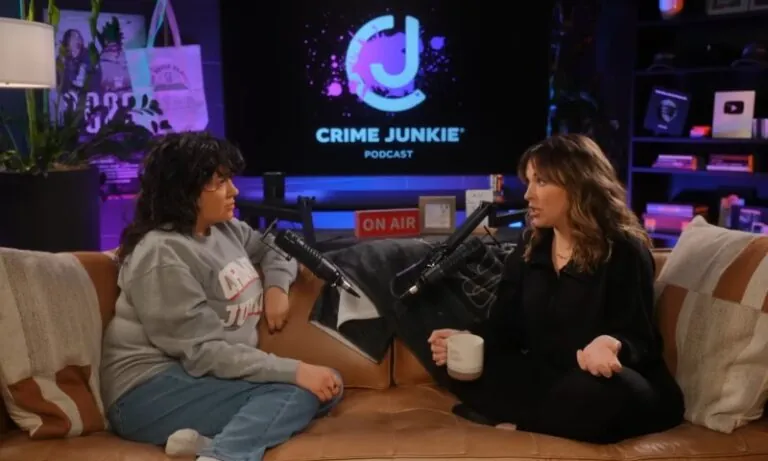Sports podcasts are popping up left and right. Many fans have abandoned the usual cable sports channels in favor of mobile-friendly audio content. Some people claim the old guard is losing steam, while others argue there’s room for both.
Regardless of one’s stance, there’s no denying that audio-focused programs are setting new trends in the sports commentary sphere. But are they taking over the traditional media? Let’s find out.
Table of Contents
ToggleKey Highlights
- Audio shows often offer more depth and personal stories than TV segments.
- Platforms provide opportunities for a wider range of voices, from pros to passionate amateurs.
- Traditional networks are adapting, but still dominate live event coverage.
- Trust in podcast hosts can translate into increased ad engagement.
- Big acquisitions by companies like Spotify highlight the medium’s growing financial power.
Longer Chats, More Substance
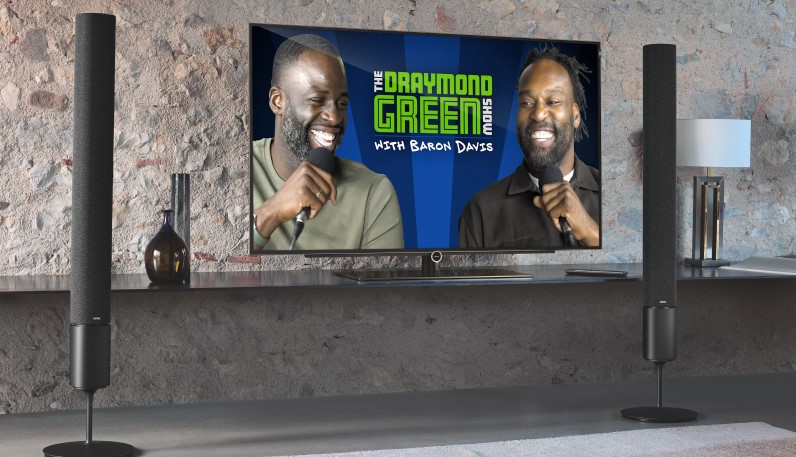
Long-form episodes can stretch beyond the usual six-minute segment seen on TV. Podcasters casually chat for an hour or more, which allows for deeper discussions on game strategies, player stats, and behind-the-scenes anecdotes.
An example is The Draymond Green Show, hosted by an active NBA player who brings personal insights and raw opinions right to listeners. A vibrant sense of community forms when someone with on-court experience opens the microphone and goes beyond superficial headlines.
That extended format also caters to fans who crave more than just a highlight reel. While traditional media often condenses analysis into bite-sized segments, podcasts provide a space for detailed breakdowns of performance metrics, advanced statistics, and even betting strategies.
For listeners who enjoy the analytical side of sports, some podcasts go beyond opinions by incorporating tools like an odds calculator to break down probabilities, betting trends, and in-game scenarios. This approach not only deepens the conversation but also gives fans an opportunity to make more informed predictions when engaging with the betting side of sports.
Breaking Through Media Gatekeepers
Another factor behind podcast popularity is the low barrier to entry. A passionate individual with a microphone and a unique viewpoint can now publish a show on major platforms.
No fancy production deals are needed, and there’s room for voices outside the usual corporate structure. It’s not always a walk in the park, though. A creator needs a loyal community and interesting topics to stand out among millions of competitors.
On the flip side, that openness fosters a much more inclusive scene. One week, a retired soccer pro with a few trophies could jump on board, and the next, a devoted fan might start a show from their bedroom, dissecting game strategies with equal enthusiasm. Something about that wide spectrum of perspectives keeps sports podcasts fresh.
The Growing Appetite for Unfiltered Conversations
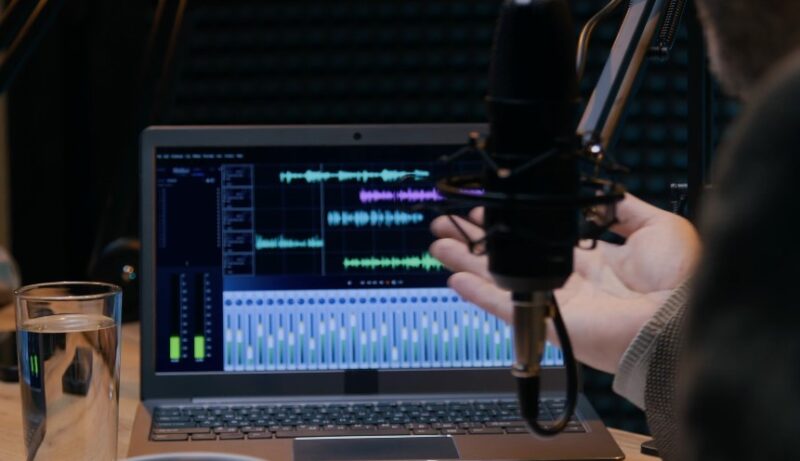
Mainstream networks typically sanitize content to fit a certain brand image. By contrast, independent voices feel free to rant or rave about any topic.
Don’t want to hold back on calling out a team’s messy performance? Go for it. Looking to highlight a heartwarming anecdote overlooked by big networks? Someone out there will appreciate it.
“The Players’ Tribune” opened doors for athletes to speak frankly without middlemen shaping the narrative. That authenticity resonates with sports fans who have grown weary of overly rehearsed press conferences.
As a result, loyal followers come back to hear real talk, not just a recycled public relations statement.
How Traditional Giants Are Responding
View this post on Instagram
A post shared by Podcast Channel by Lara Varlamova (@visionvoicespodcast)
Established brands recognized the shift. No enterprise wants to be left in the dust, so large networks integrated podcast segments into their digital offerings.
ESPN, for instance, introduced several audio series focusing on in-depth interviews, game previews, and behind-the-scenes glimpses. Established journalists hopped on the bandwagon to maintain relevance in an environment that prioritizes on-demand content.
Some might poke fun at the idea of a century-old broadcasting colossus suddenly getting “hip” to current trends. Yet attempts have proven successful, especially when big personalities host shows that mirror the engaging atmosphere found in independent productions.
Tug of War Over Live Coverage
Live events still belong to cable channels and sports radio in many respects. Want to see that buzzer-beater in real time? It’s still about flipping on a major network.
Mike Greenberg from ESPN has pointed out that live coverage delivers a burst of energy and adrenaline podcasts cannot match. Instant replays, in-game commentary, and fan reactions happen on the spot.
Recorded shows excel at reviewing performances the next day, digging into all the nitty-gritty details once adrenaline has settled.
Yet a playoff game’s last-minute heroics tend to be more thrilling in a live setting, prompting sports fans to keep cable or streaming subscriptions alongside that favorite weekly audio show.
Audience Trust and Why It Matters
Podcasters tend to speak in an approachable tone. That personal style can build loyalty when done right.
A listener could be driving to work, cooking dinner, or jogging, all the while hearing a casual conversation about last night’s double-overtime game. That sense of intimacy fosters camaraderie.
Studies indicate that trust in podcast ads is notably higher than it is for promotions in other media formats. Maybe it’s because the host is already a familiar voice, or perhaps it’s a reflection of the honest approach many programs take.
An ad slipped into a fluid conversation can feel more organic than a flashy banner or 30-second TV spot. If a beloved host recommends new sneakers, fans might pay attention.
Authenticity as the Secret Sauce
Certain shows succeed because they feel like an unfiltered chat among pals. Corporate-speak and fancy graphics are replaced by personal anecdotes and the occasional slip of the tongue. Listeners sense there isn’t a polished PR staff lurking behind the scenes, orchestrating every syllable.
Some folks crave more refined commentary, while others prefer that raw, unvarnished vibe. Either approach can flourish in the modern landscape, but unfiltered dialogue seems to hold a potent appeal. It’s a bit like sitting courtside rather than watching from the nosebleeds.
Final Thoughts
Podcasts have struck a chord with audiences by offering insights straight from athletes, fans, and analysts willing to say a bit more than what’s typically broadcast on TV.
Traditional media still matters for live events and breaking headlines, yet a new breed of audio-driven creators is generating fresh waves in sports coverage.
Change can be unsettling, especially for institutions that thrived in a past era. Big networks have scrambled to keep up, and they’ve started producing their own shows to rival the independents.
That competition gives fans an incredible range of options, spanning personal player perspectives, edgy commentary, and everything in between. One thing seems certain: sports enthusiasts have never had so many ways to tune in and get their fix.
Related Posts:
- How Much Is Kara Swisher Worth in 2025? Media,…
- Betting on Followers: How Tim Myers Turned Social…
- 10 Best Sports Podcasts Hosted by Former Athletes
- Top 18 Must-Listen Podcasts Available on Amazon Music
- Scripted vs. Unscripted Podcasts - The Debate
- 10 Best Podcasts for Learning from the Bold and the Brave
